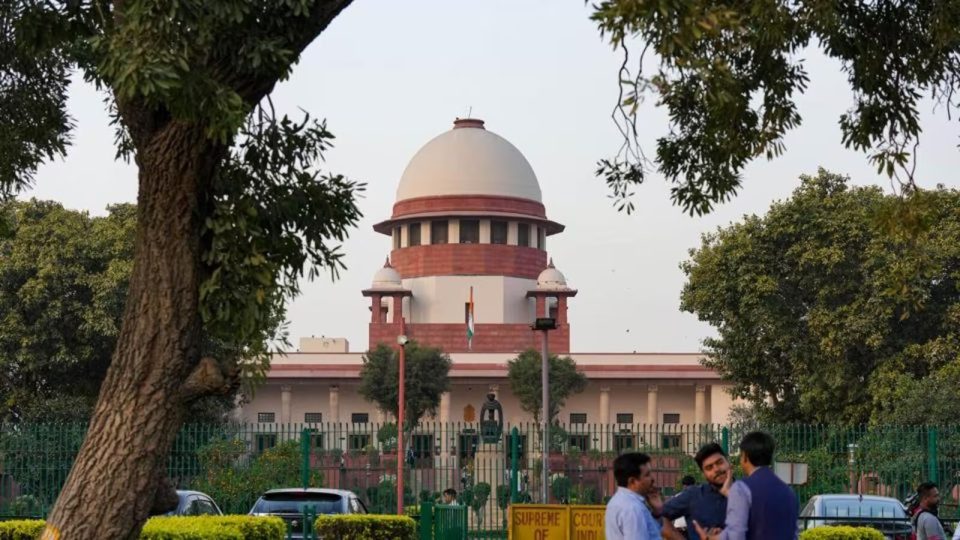Supreme Court on Tuesday directed the Karnataka government’s decision to scrap the 4% quota for Muslims not to be implemented until May 9 after the state seeks time to submit an answer.
Justices KM Joseph and BV Nagarathna said the earlier regime of the 4% quota for Muslims would remain in force until May 9, when the matter will be next heard, without prejudice to arguments raised by the state government.
Initially, Solicitor General Tushar Mehta, appearing on behalf of the state government, said he would submit an answer that day.
Tushar Mehta said the interim order passed by the court had already favoured the petitioners. Dave asked the court to record the challenged order submitted by Mehta that removing the Muslim quota would not be enforced, while the earlier March 30, 2002 order granting the quota would be held until the next hearing.
The bench agreed with Dave and noted the submission while posting the matter for further hearing on May 9.
On April 18, the Supreme Court postponed until April 25 a hearing on a series of petitions challenging the removal of the 4% Muslim quota.
It recorded the state government’s assurance on April 13 that quota benefits for admission to educational institutions and appointments to government posts would not be granted to Vokkaligas and Lingayats until the next hearing.
On April 13, the Karnataka government’s decision to scrap the 4% Muslim quota ahead of the assembly elections was scrutinised by the Supreme Court, which challenged the government’s order and said prima facie it appeared to be on a “highly shaky ground” and “flawed”.
Noting these observations, the Karnataka government has assured the Supreme Court that it will set aside the March 24 order giving Vokkaligas and Lingayats quotas for admission and appointments to government posts before the next hearing.
The 4% Muslim reservation will be divided equally between the two communities.
The Supreme Court said that from the records previously filed, the Karnataka government’s decision appeared to be based on “absolutely fallacious assumptions”.
 Live
Live

